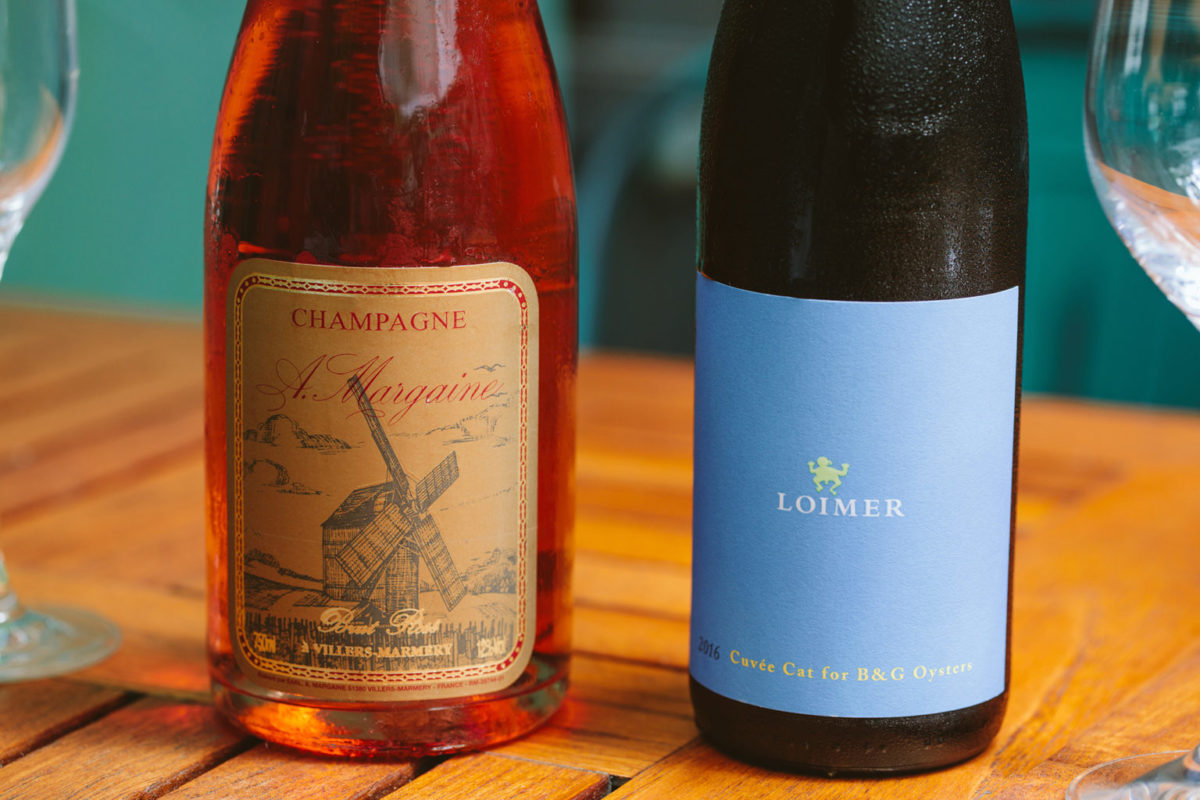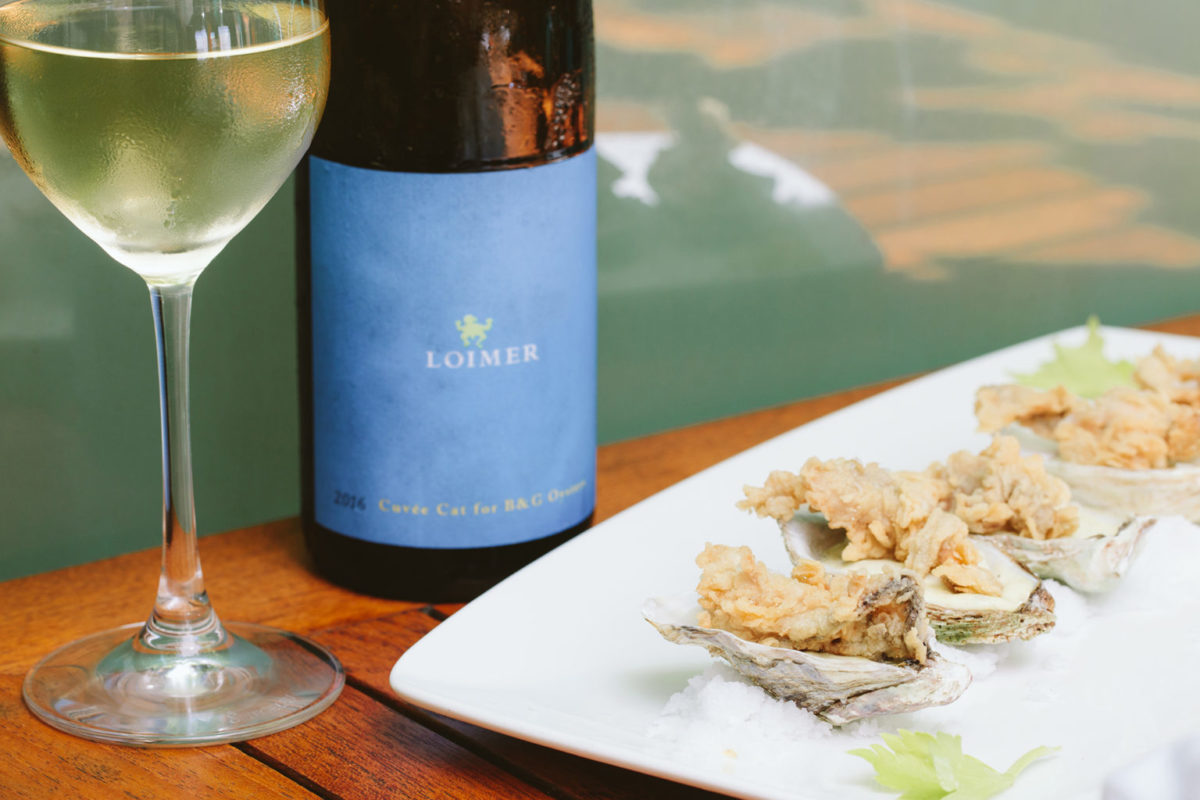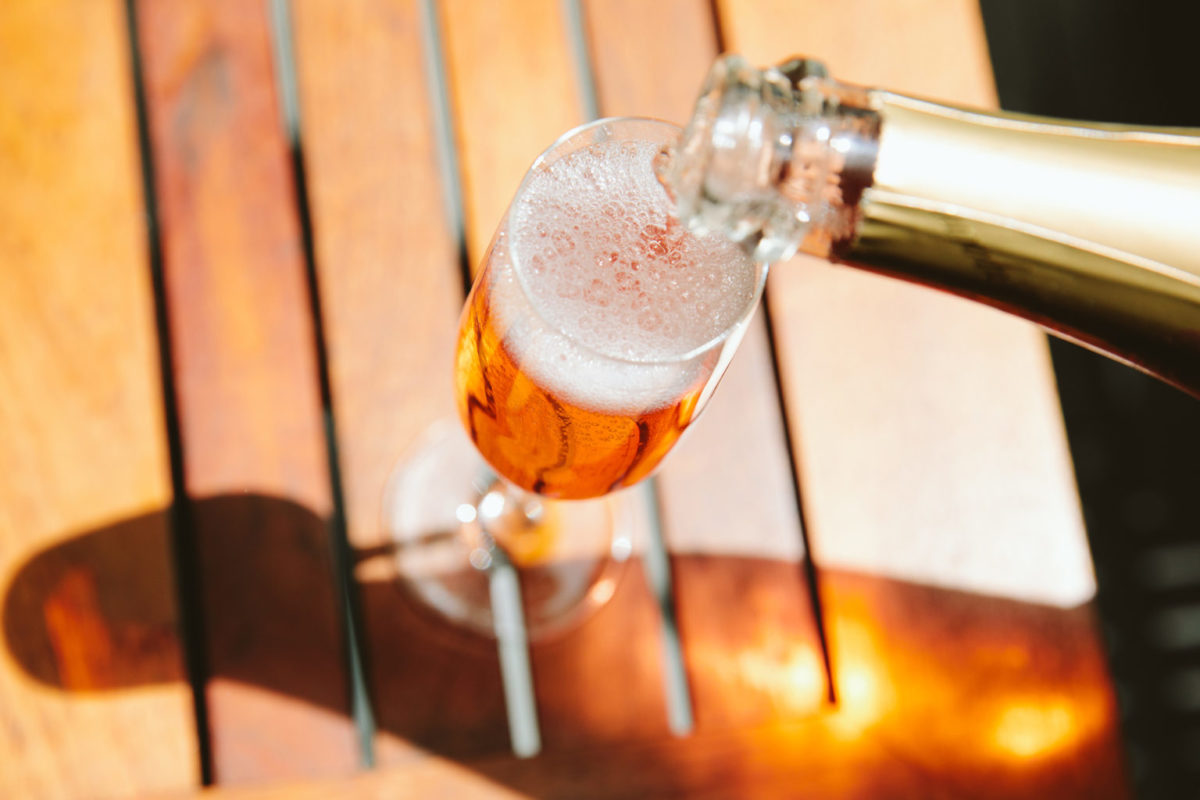
Cat Silirie · B&G Oysters

Lindsay Howard · Island Creek Oyster Bar
Jodie Battles · Toro, Coppa, & Little Donkey
Curious about restaurant wine lists? Each month, Boston Globe wine columnist Ellen Bhang chats with a sommelier about a couple of terrific bottles and recommends food pairings—you come away a savvier sipper.
When you sip a splendid glass of wine on the patio of B&G Oysters, you have Cat Silirie to thank. Although you won’t see her working the floor of this South End favorite, you definitely feel her influence—right down to a gorgeous bottle of grüner veltliner that bears her name.

“It’s about vision and about hospitality,” says Silirie, reflecting on her role as executive wine director for the Barbara Lynch Collective, formerly known as the Barbara Lynch Gruppo. The wine pro, who joined the company in 1998, buys all of the wine for the group. It’s an impressive feat; the collective includes seven acclaimed restaurants, including No. 9 Park, which was the first Boston restaurant to win a James Beard Award for Outstanding Wine Program in 2012.
Essential to Silirie’s work is training somms and servers to talk about wine in fresh and relevant ways. “It’s very satisfying and really my favorite part of the job,” she says. “I always ask them, ‘How are we going to make this come to life?’”
“Wine Words,” the curriculum she developed, prompts staff to go beyond the basics of describing flavors and aromas in the glass. To introduce selections from the hundred-bottle list at B&G—which Silirie likens to “a New England lobster shack with beautiful wine”—she encourages team members to convey the stories behind each pour.

So when you ask about a 2016 grüner veltliner called “Cuvée Cat for B&G Oysters,” your server will tell you it’s the result of a 10-year collaboration with Fred Loimer, one of Austria’s premier winemakers. On a visit to Boston, Loimer became so smitten with the oyster bar that he proposed creating a custom bottle for the restaurant. In the beginning, Silirie traveled to the winery to taste an array of samples, each sourced from a different vineyard parcel, to be assembled into a blend. The winemaker now sends those samples here so she can taste and provide input at her leisure.
The “Cuvée Cat” is stunning with fried oysters. Chef de cuisine Jon Awerman tucks each crunchy-crisp bivalve into a half shell filled with a dollop of the signature tartar sauce. “‘Grüner’ means ‘green,’” Silirie explains. “It plays to all of the green notes in the sauce, full of cornichons, capers, and herbs. It’s incredibly clean, food-friendly, and fresh.”
You could also drink that versatile Austrian white with hamachi crudo, adorned with a relish of cucumber and watermelon radish, then drizzled with rhubarb-lemon verbena vinaigrette. But Silirie and her staff encourage you to go big, and get a Champagne from Arnaud Margaine, a fourth-generation producer in Montagne de Reims. His is a “grower Champagne,” which describes a bubbly made by someone who grows the grapes as well as makes the wine. The brut rosé, crafted mostly from chardonnay, gets a touch of delicate red fruits from the addition of pinot noir. “It’s supremely elegant, with mineral and drive,” she says.

Silirie attributes the sparkler’s “laser beam-like acidity” to the chalk soils of Champagne, composed, in part, of long-extinct marine mollusks. Most tasters, she notes, detect flavors like ocean brine, talc, and wet rock in wines hailing from these soils. Whether or not fossilized sea creatures are responsible for those sensory characteristics has yet to be proven by science, but that matters little to the executive wine director.
“I love the mystery of that,” she muses. “It’s about synergy and change. I want to bring that sensual pleasure into everyday life.”










